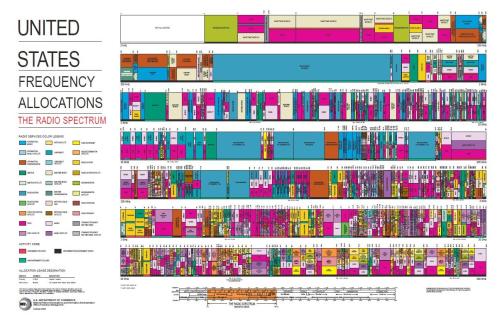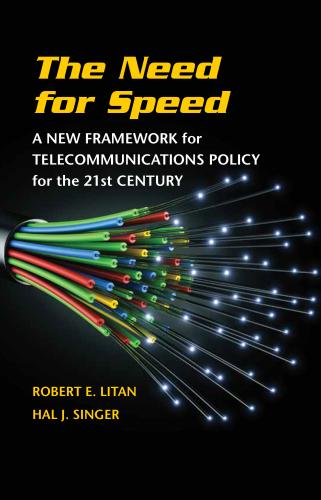Abstract
This paper describes a conceptual framework to articulate clear rights of access to radio spectrum in a way that would foster an efficient market-based allocation of the resource. In this approach, regulators partition spectrum rights across the dimensions of space, time, frequency, and direction of propagation. They devolve each partition, called a licensed electrospace region (LER), to licensees who may buy, sell, aggregate, and subdivide their LERs at will. All signals outside an LER must have a power level of less than a regulated limit with de minimis exceptions. In addition, even within an LER, transmitter power or field strength must fall below a separate regulator-set level for the band. Licensees may deploy any devices and provide any services that do not violate these rules.
In this framework, regulators establish a few core parameters for each band, manage a rights database, and enforce compliance with signal strength rules. This approach includes no protection of, or constraints on, receivers. Rather, the simple signal strength limits allow licensees to optimize their transmitter and receiver characteristics based on engineering and economic factors. Negotiated LER boundaries between adjacent LER owners can further balance the costs and benefits of interference protection to each.







Commentary
The Technical Basis for Spectrum Rights: Policies to Enhance Market Efficiency
September 13, 2012